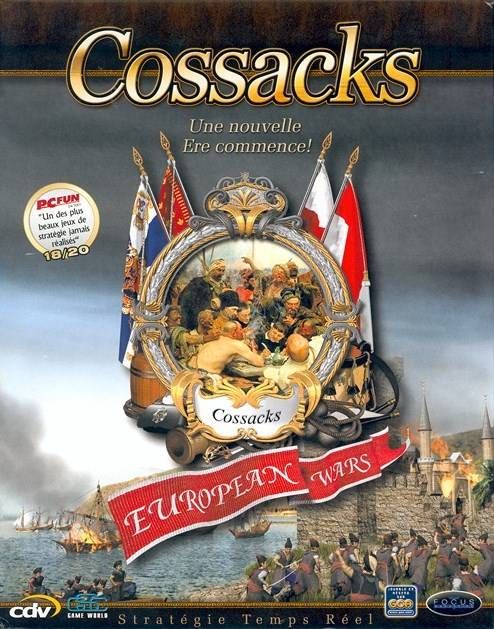
Recent protests against government repression have similarly been met with violence. In March 2011, for example, over 200 members of the Oromo Federal Democratic Movement (OFDM) and the Oromo People’s Congress (OPC) were arbitrarily arrested, and at least 89 were charged with various offences. Since then, the wider crackdown on political activists and journalists in Ethiopia has particularly affected those accused of supporting the Ogaden National Liberation Front (ONLF) or the OLF. In the run-up to May 2005 parliamentary elections, government repression was especially harsh in Oromia, one of the opposition strongholds, including torture, arbitrary detentions, beatings and harassment by security forces. The Ethiopian Human Rights Council reported that the detainees were forced to march over gravel for hours, barefoot or on their knees. For example, in January 2004, government forces arrested 349 Oromo students in Addis Ababa during a protest for their right to stage an Oromo cultural event at the university. Accusations of terrorism have provided cover for the government to stifle political dissent. The government has frequently pointed to OLF actions, or its mere existence, as reason enough to suppress the broader Oromo population. The OLF has competed with other militant organizations for popular support, including the Oromo People’s Liberation Front and the Islamic Front for the Liberation of the Oromo, sometimes generating intra-group violence. During the 1998-2000 border war between Ethiopia and Eritrea the OLF was allied with Asmara. The rebellion was quickly subdued, but has continued to smoulder ever since. Following the harassment and intimidation of its supporters ahead of 1992 parliamentary elections, the OLF took up arms. The extension of EPRDF control over Oromo territory during operations by the Ethiopian army in spring 1991 induced a negative response from the OLF, who feared a new colonization of Oromo land. Most of the Oromo abroad and the intellectual leadership, in contrast, were pro-OLF. The Ethiopian People’s Revolutionary Democratic Front (EPRDF), the current ruling party in Ethiopia, was formed in January 1989 and an Oromo journal claims it set out to gain new recruits from captured Oromo conscripts who had been forced into the Derg’s army, to create the Oromo People’s Democratic Organization (OPDO). In the 1970s, this long discontent gave birth to the Oromo Liberation Front (OLF), initially a student organization that evolved into an armed resistance and political advocacy group dedicated to the promotion of Oromo self-determination. Oromo have a long history of oppression, land loss, and marginalization by the central government in Ethiopia, dating back more than a century. The term Oromia, signifying an independent Oromo state, is important to the Oromo allowing them to consolidate their various regional and related groups into one Oromo nation.

This group has strong links to the Arab world and its local leaders have a strong Muslim orientation. Eastern Oromo of Haraghe include the Muslim population of Harar and Dire Dawa, among others. There are four main groups: western Oromo, mainly in ‘Wollegha’, many of whom have been Christianized by missionary churches northern Oromo, of Mecha-Tulam, modern Shoa and the area to the south, who are more integrated into Amhara culture than other Oromo groups, are mostly Christians of the Ethiopian Orthodox Church and speak Amharic southern Oromo, who often have semi-nomadic lifestyles and are not incorporated into any larger regional or religious unit and Borana, believed by some to be the seminal branch of the Oromo because of their rigid observance of the gada social system, and who live in an arid area of Ethiopia along the border with Kenya.


Historically Oromo have never formed a single state but were organized in small societies of clans and villages. Population: 25.4 million (2007 National Census) Historical context Despite their large numbers, Oromo have suffered a long history of exclusion and forced assimilation by the Ethiopian government, leading to the decline of their pastoralist lifestyle. Though socially, economically and religiously diverse, Oromo are united by a shared language, also widely spoken in northern Kenya and parts of Somalia.

The Oromo community constitutes the largest ethnic group in the country, with some estimates suggesting they comprise between 25 and 40 per cent of the population. We have a small favour to ask: if you appreciate our work, would you mind considering making a donation to support our work? Thanks for using our World Directory of Minorities and Indigenous Peoples! We hope you find it interesting.


 0 kommentar(er)
0 kommentar(er)
